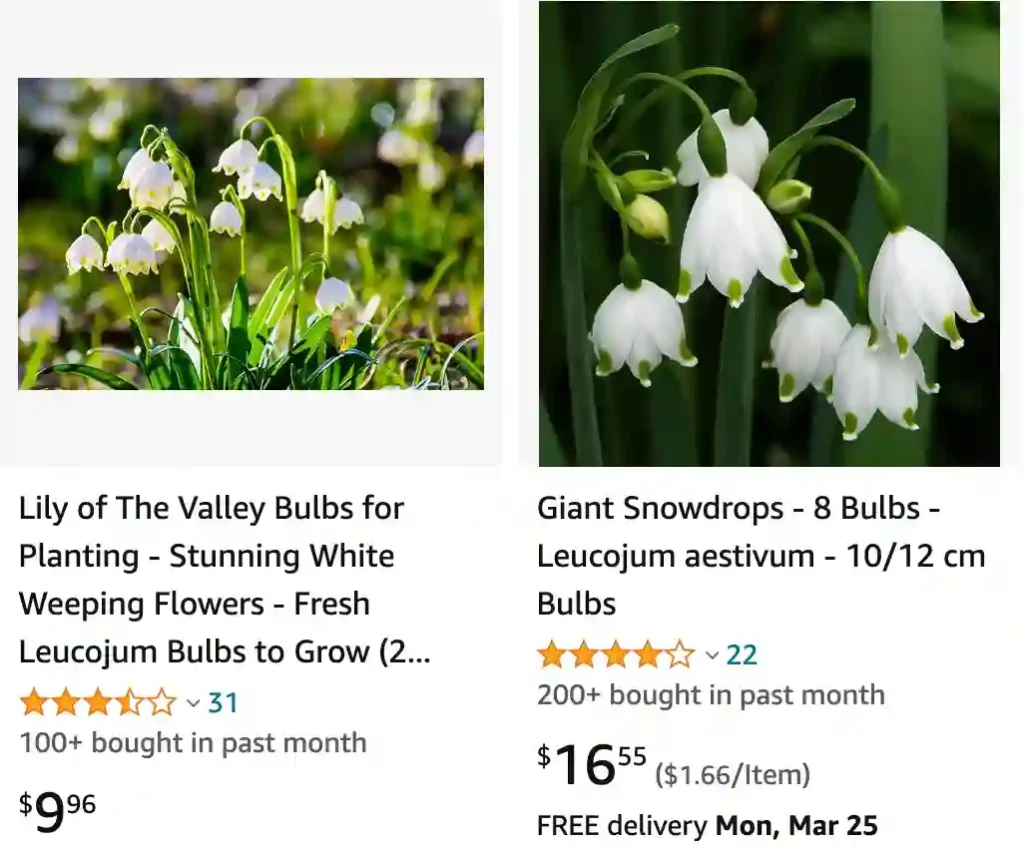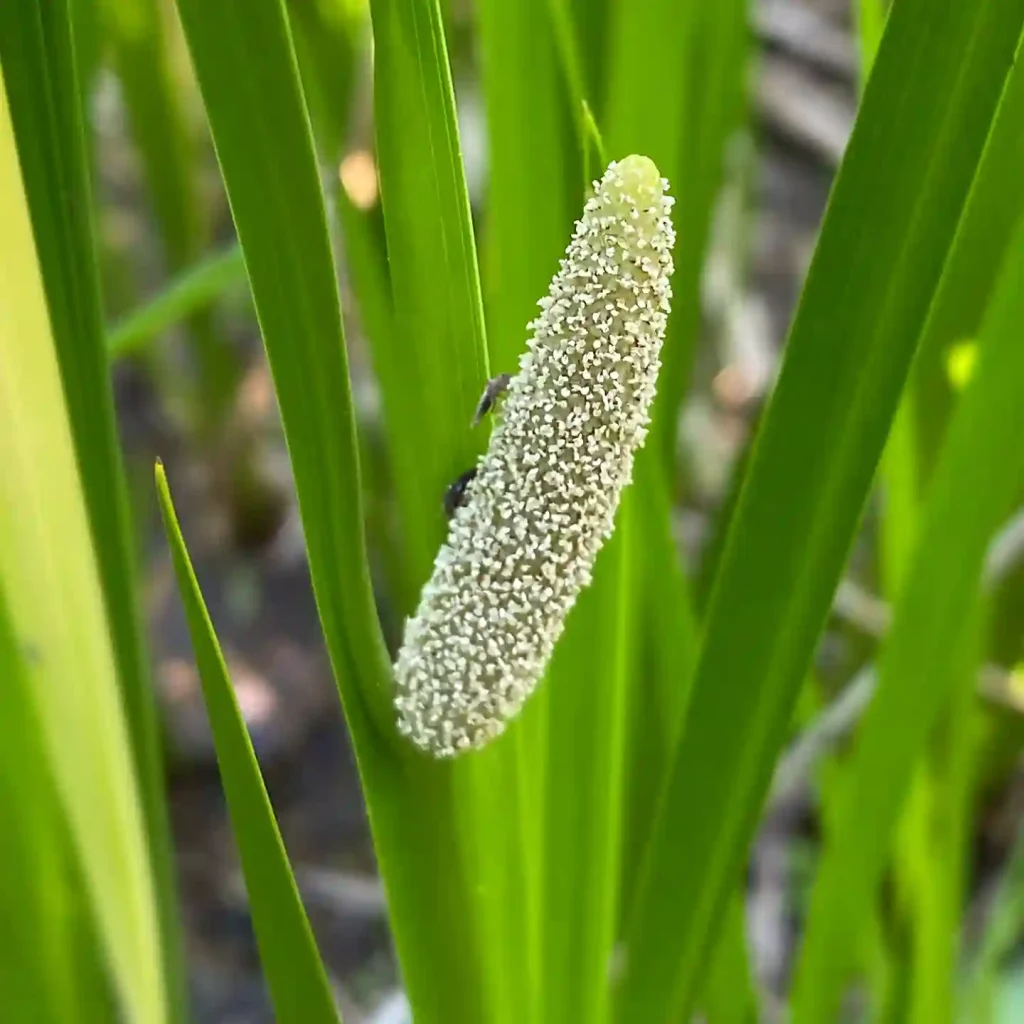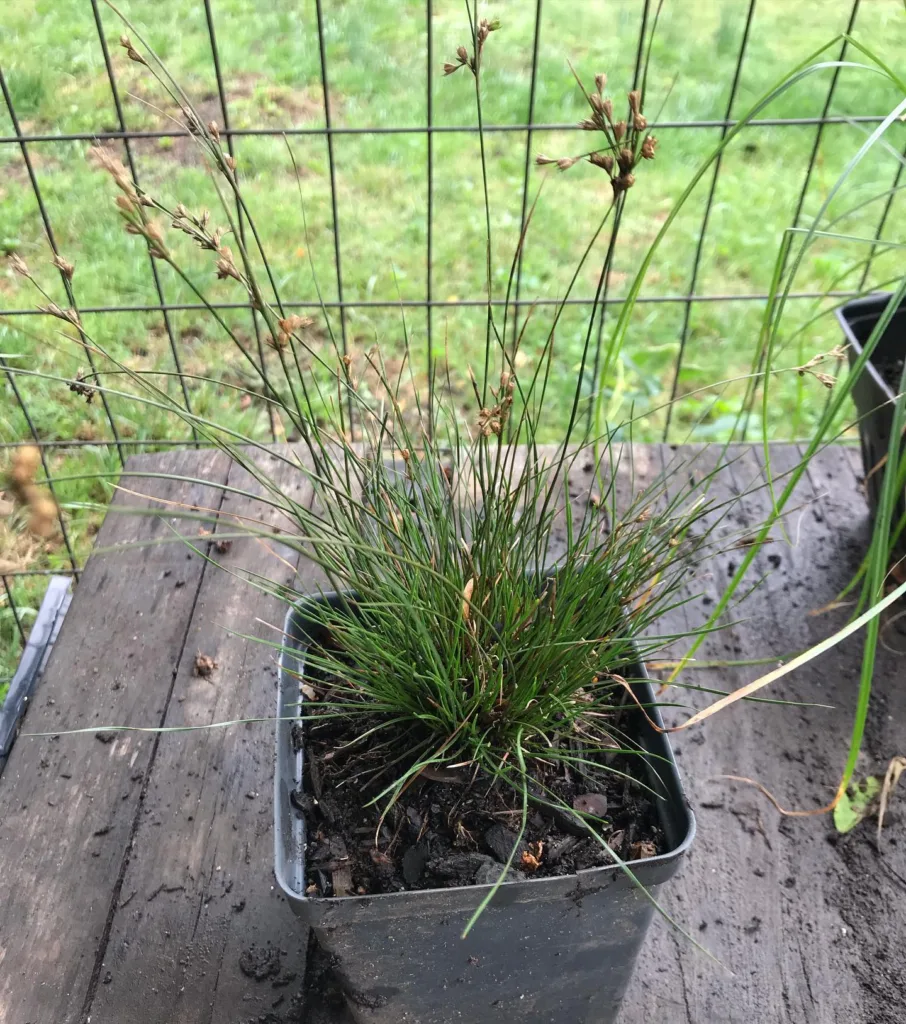
Leucojum: A Snowflake’s Tale
The first time I saw a Leucojum, I was wandering through a damp woodland in early spring. Sunlight filtered through the canopy, illuminating a patch of delicate white flowers nodding gracefully amidst the emerging greenery. They resembled snowdrops, but with a subtle difference – each petal tipped with a hint of green, like a tiny emerald. These were snowflakes, members of the genus Leucojum, and I was captivated.
Leucojum, derived from the Greek words for “white” and “violet,” is a small genus of bulbous plants belonging to the Amaryllidaceae family. Though the name suggests a violet hue, the flowers are predominantly white, their purity accented by subtle markings of green or yellow. These markings, along with their bell-shaped form and nodding habit, give them an air of quiet elegance.
Species in Leucojum
While once encompassing a wider range of species, Leucojum now primarily includes two players:
- Leucojum aestivum (Summer Snowflake): This species, despite its name, typically blooms in late spring. It boasts taller stems than its counterpart, often reaching 30-60 cm in height, and each stem can bear up to eight bell-shaped flowers. These flowers, adorned with green tips, dangle like delicate pendants, creating a spectacle of understated beauty. Plant FAQs: Leucojum Aestivum Plant FAQs: Leucojum Aestivum
- Leucojum vernum (Spring Snowflake): True to its name, this species emerges earlier, gracing the landscape in late winter or early spring. It’s smaller in stature than L. aestivum, reaching around 15-30 cm tall, and typically bears one or two flowers per stem. The flowers, marked with yellow-green tips, exude a delicate fragrance, adding to their allure.
Leucojum vs Galanthus
I’ve had the chance to grow both Leucojum and Galanthus, and here’s what I found. Leucojum, especially the Snowflake variety, gave my garden a nice, delicate touch with its nodding white flowers, and I appreciated how it seemed to multiply over time. On the other hand, Galanthus, or snowdrops, are just magical in early spring, their tiny white blooms peeking through the snow made me look forward to the end of winter. While Leucojum provided a more subtle, elegant presence, Galanthus had that enchanting, almost ethereal quality that really captured my attention.
How deep to plant Leucojum bulbs?
When I planted my Leucojum bulbs, I made sure to plant them about three to four inches deep. I found this depth works well to protect them from the cold and helps them establish strong roots. It was important to me that they had enough soil coverage to thrive without being too deep to struggle reaching the surface.
How to plant Leucojum bulbs?
Here’s a guide on how to plant Leucojum bulbs for beautiful spring blooms:
Planting Time:
- Fall is ideal: The best time to plant Leucojum bulbs is in the fall, ideally after the first frost but before the ground freezes solid. This allows the bulbs to establish some roots before winter and emerge healthy in spring.
Location:
- Light conditions: Leucojum bulbs are versatile. They can tolerate full sun, but also appreciate partial shade, especially in hot climates.
- Soil: They prefer well-draining soil. Here’s what you can do:
- Test your soil: If unsure about your drainage, consider a basic soil test.
- Amendments: If your soil is heavy clay, amending it with some coarse sand or organic matter like compost can improve drainage.
Planting Process:
- Digging holes: Dig planting holes 2-3 times deeper than the height of the bulb itself. As a rule of thumb, this is typically around 4-6 inches deep.
- Bulb placement: Place the Leucojum bulbs with the pointed tip facing upwards.
- Spacing: Space the bulbs according to the desired look. For a natural look, plant them in groups of 6-10 bulbs with 4-6 inches of space between each bulb.
- Covering: Fill the hole back with soil and gently firm it around the bulb.
- Watering: Water the planting area thoroughly to settle the soil and ensure good moisture content around the bulbs.
Aftercare:
- Watering: Leucojum bulbs require moderate watering during the growing season (spring and early summer). However, they are fairly drought tolerant once established. Water them occasionally, especially during dry periods.
- Mulching (optional): Applying a layer of mulch around the planting area can help retain moisture, suppress weeds, and regulate soil temperature. However, avoid piling mulch directly on top of the bulbs.
- Fertilizing (optional): Leucojum bulbs are not heavy feeders. You can fertilize them lightly in early spring with a balanced fertilizer diluted according to package instructions. However, this is not essential for healthy growth.
Additional Tips:
- Leucojum bulbs are known for being low-maintenance and easy to care for.
- They are naturalizing bulbs, meaning they can multiply and spread over time, creating beautiful clumps of spring flowers.
- Deadhead spent flowers after blooming to improve the overall appearance and potentially encourage more blooms.
- Leucojum bulbs are generally resistant to pests and diseases.
When to plant Leucojum?
I typically plant my Leucojum bulbs in the fall, usually around late September or early October. This timing gives them a chance to develop roots before the ground freezes, which helps them bloom beautifully in the spring. It feels like I’m setting up a little surprise for myself to enjoy when the weather starts to warm up.
Are Leucojum poisonous to dogs?
I was quite concerned about whether Leucojum bulbs are poisonous to dogs since I have a curious pup who likes to sniff around the garden. After some research, I found out that they are indeed toxic to dogs. Because of this, I made sure to plant them in areas where my dog doesn’t usually go, just to be safe.
Is Leucojum Lily of the Valley?
For a while, I actually thought Leucojum was Lily of the Valley because they look quite similar with their delicate white bell-shaped flowers. However, I learned that they’re different plants. Leucojum, often called summer snowflake or spring snowflake, blooms either in early spring or late spring, whereas Lily of the Valley blooms a bit later and has a more intense fragrance. Now, I appreciate having both in my garden for their unique beauty and bloom times.
If i die, water my plants!



